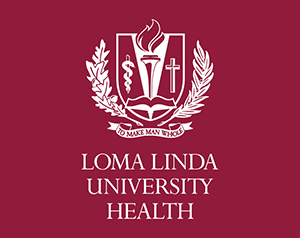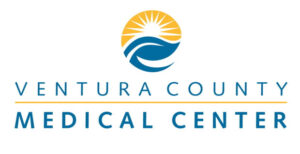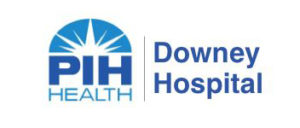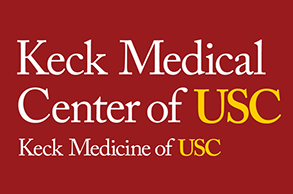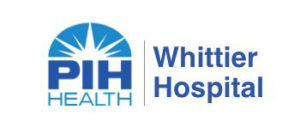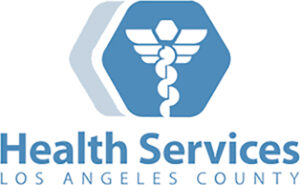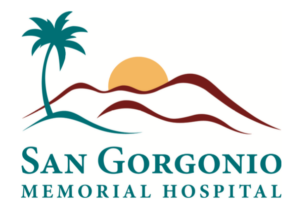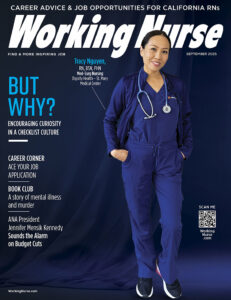Nursing & Healthcare News
Do BSNs Save Lives?
Study shows better outcomes, but adequate staffing still a must
There’s yet more research linking a hospital’s percentage of BSN-prepared nurses with better outcomes for There’s yet more research linking a hospital’s percentage of BSN-prepared nurses with better outcomes for in-hospital cardiac arrest patients.
Recognize and Respond
In-hospital cardiac arrest is a severe test for any care team. Inpatients who have heart attacks are usually elderly, often with comorbid conditions that complicate resuscitation. Quick response is essential to keep arrest patients alive and avoid neurological impairment, but many arrests occur during off hours, when staffing levels are lowest.



